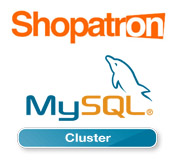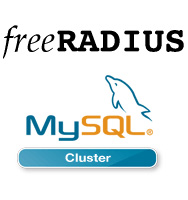As one of the world’s leading eCommerce Service Providers, Shopatron needed to further improve scalability and availability of their eCommerce services to keep pace with their rapidly growing business, while at the same time, reducing costs.
After extensive evaluations, Shopatron selected MySQL Cluster to power its back-end database, running the entire eCommerce fulfillment engine.
Since deploying MySQL Cluster, Shopatron have achieved:
- continuous service availability with sub-second failover and fully automated recovery
- real-time performance, reducing query times from 3 seconds to 2 milliseconds
- extreme levels of scalability on commodity hardware and open source software
- reduced licensing, support and operational management costs
Tune into this webinar where Shopatron’s CIO/COO and VP of Engineering will both share their experiences and best practices of implementing the MySQL Cluster database for eCommerce applications.
WHO:
Sean Collier, CIO & COO, Shopatron Inc.
David Dalrymple, VP of Engineering, Shopatron Inc.
Matthew Keep, MySQL Product Management
WHEN:
Thursday, October 22, 2009: 10:00 Pacific time (America)
Thu, Oct 22: 07:00 Hawaii time
Thu, Oct 22: 11:00 Mountain time (America)
Thu, Oct 22: 12:00 Central time (America)
Thu, Oct 22: 13:00 Eastern time (America)
Thu, Oct 22: 17:00 UTC
Thu, Oct 22: 18:00 Western European time
Thu, Oct 22: 19:00 Central European time
Thu, Oct 22: 20:00 Eastern European time

 As network use grows and services become more dynamic, so existing Authentication, Authorization and Accounting (AAA) environments can struggle to keep pace with demand.
As network use grows and services become more dynamic, so existing Authentication, Authorization and Accounting (AAA) environments can struggle to keep pace with demand.